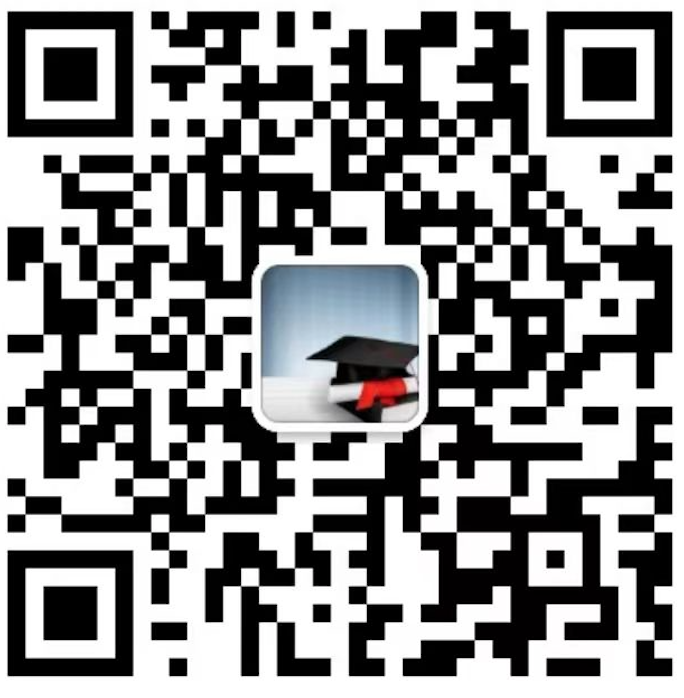Following the devastating Tohoku earthquake and tsunami that afflicted Japan in March 2011, some of the reactors of the Fukushima Dai-Ichi nuclear power plant began to release radioactive material into the environment. This study draws lessons from this experience regarding technological countermeasures to radioactive contamination to improve responses to future radiological or nuclear contingencies. Specifically, it focuses on how technologies were used to measure contamination over space and time, to limit the dispersal of radioactive material in the environment, to decontaminate areas or items, and to store radioactive materials for extended periods. The authors gathered data by conducting extensive literature reviews and dozens of interviews with experts in both Japan and the United States. The report analyzes how technologies were used successfully and identifies capability gaps that could be redressed through novel technologies or improved use of existing technologies. Also included is an abbreviated bibliography for further reading.
 兰德2021新报告3篇.rar
(1.36 MB, 需要: 50 个论坛币)
本附件包括:
兰德2021新报告3篇.rar
(1.36 MB, 需要: 50 个论坛币)
本附件包括:- RAND_PE338.pdf
- RAND_RR857.pdf
- RAND_CFA945-1.pdf




 雷达卡
雷达卡






 提升卡
提升卡 置顶卡
置顶卡 沉默卡
沉默卡 变色卡
变色卡 抢沙发
抢沙发 千斤顶
千斤顶 显身卡
显身卡








 京公网安备 11010802022788号
京公网安备 11010802022788号







